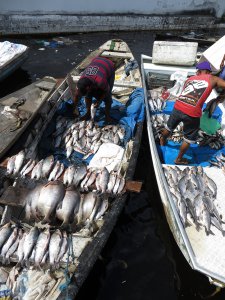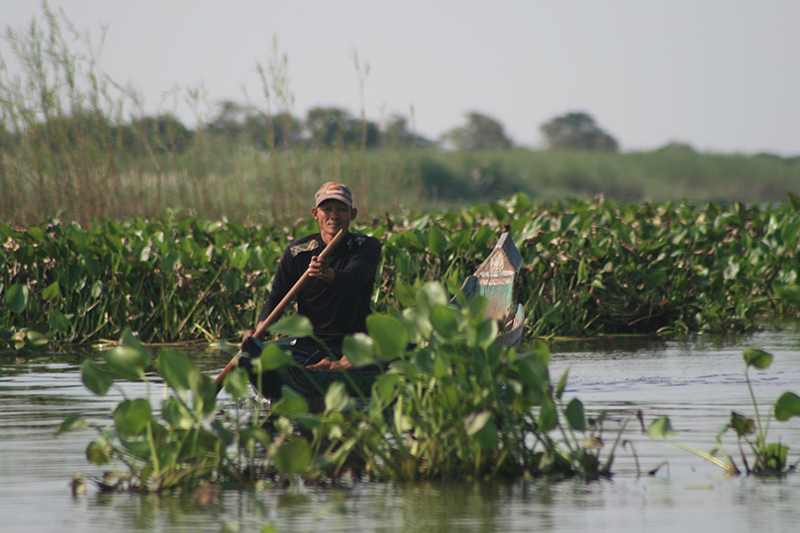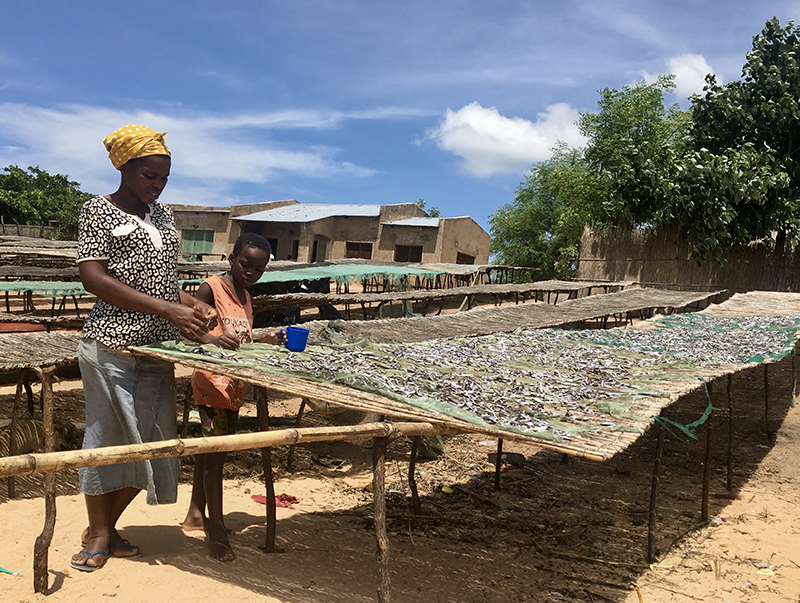A new study led by University of Florida researchers has found that the economic fallout of the COVID-19 pandemic has led to shifts in the way people use rivers, lakes and other inland water bodies worldwide as sources of food, income, and recreation.
These shifts may have long-term effects on the sustainability of those natural resources and people’s livelihoods, the study’s authors say, adding nuance to our current understanding of the pandemic’s impacts on the environment and local economies.

“Fishing has a low barrier to entry, meaning people don’t need extensive experience or expensive equipment to be able to start fishing as a way to feed their families or generate income in crisis situations,” said Gretchen Stokes, the lead author of the study and a doctoral student in the UF/IFAS College of Agricultural and Life Sciences (CALS).
“We found that some people in poorer countries who have lost jobs due to the pandemic are turning to fishing, including urban or migrant workers returning to their homes.,” added Stokes, who is a National Science Foundation Graduate Research Fellow studying interdisciplinary ecology, the graduate program of the UF/IFAS School of Natural Resources and Environment.
This influx of fishers can be a shock to the system, said Sam Smidt, an assistant professor in the soil and water sciences department and one of the study’s co-authors.
“When you have people suddenly fishing an area that isn’t typically fished, it could lead to overfishing or even the collapse of fish populations in those areas. Then the question is, what happens to the people who have become reliant on that resource?” Smidt said.
On the other hand, in areas where fishing in inland waters is largely recreational, which tend to be in wealthier parts of the world, the researchers saw a different trend. While travel restrictions during the pandemic meant less tourism-related fishing, “Recreational fishing close to home became an appealing socially-distanced activity and way for people to get outside,” Stokes said.
The researchers gained these insights by surveying more than 400 inland fisheries professionals across the globe to find out how the COVID-19 pandemic had

changed fisheries, including fishing activity, in their regions. These local experts were asked if they had observed an increase, decrease or no change in pressure on their fishery as a result of the pandemic.
The researchers organized the responses according to geographical location and two other factors: the region’s human development index, which is a measure of a population’s life expectancy, education and living standard; and its fishery provisioning value, the degree to which a water body supports fishing activities to meet the needs of people. This visual aid developed by the researchers maps these data points across the globe.
“Places that are not typically high-capacity fisheries are serving as a safety net for laborers, giving these fisheries high provisioning value during an emergency” added Smidt, who is also Stokes’ dissertation adviser.
“This speaks to the niche that inland fisheries are filling during the pandemic,” said Stokes, “Inland fisheries are found in so many cracks and corners of the world that people don’t have to go far from home to find a place to fish.”
This recent study is part of a long-term collaboration among several researchers, including Stokes and Smidt, the U.S. Geological Survey and the Food and Agriculture Organization of the United Nations (FAO). This team aims to create a global system for monitoring stressors to fisheries in inland waters, which does not currently exist.

“The next step in this larger project is to drill down and look at case studies in specific regions and for specific species of fish and see how people are using these resources now, during the pandemic, and into the future,” Stokes said.
Benjamin Lowe, another co-author of the study, is also a UF/IFAS CALS interdisciplinary ecology doctoral student and a National Science Foundation Graduate Research Fellow.
“I’m so grateful for opportunities like this to work with experts across disciplines and around the world to better understand and engage the complex socio-ecological challenges we face,” Lowe said.
Co-authors of the study also include Abigail Lynch with the U.S. Geological Survey National Climate Adaptation Science Center; and Simon Funge-Smith and John Valbo‐Jørgensen, with FAO.
The study is published in the journal “PNAS.”
 0
0
